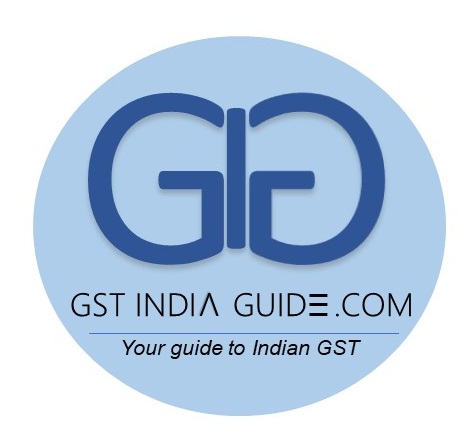The GST authorities will soon draw up a list of taxpayers with ‘risk scores’ that will decide the level of audit scrutiny they face. An extensive plan is being worked out even though annual return filing has been postponed by two months to August 31. Audit of these returns for 2017-18 was to commence from July.
The directorate general of audits has communicated a plan to field. A list of taxpayers along with risk scores will be provided to field formations, dividing them in three categories as per their turnover. These would be assigned risk flags for the field’s convenience. Parameters and categorisation shall be tweaked for some audit commissionerate to ensure adequate representations of risky taxpayers in each category. About 70 per cent of taxpayers have to be audited in each category on the basis of risk parameters in the order of sequence, while 10 per cent will be selected randomly while tge remaining 20 per cent are to be selected by the commissionerate after considering local risk parameters. If sufficient taxpayers have not filed annual return, audit commissionerate would continue conducting legacy audit under excise and service tax up to 31 August 2019, in case taxpayers are available for such audit.
M S Mani, Partner, Deloitte India said that businesses should be very careful in submission of the GST audit data and ensure that it is reconciled before submission as this data will also be used for live audits in future in addition to being used to determine the taxpayers who would be subjected to the audit .
Anita Rastogi, partner, PwC said that since this will be the first onsite GST audit which will be conducted by department it will be good if they are lenient on the tax positions adopted by businesses on issues which were not very clear at the onset of GST implementation. She added that this is important because there is a difference between non payment of tax due to interpretational issues and intentional tax avoidance.
